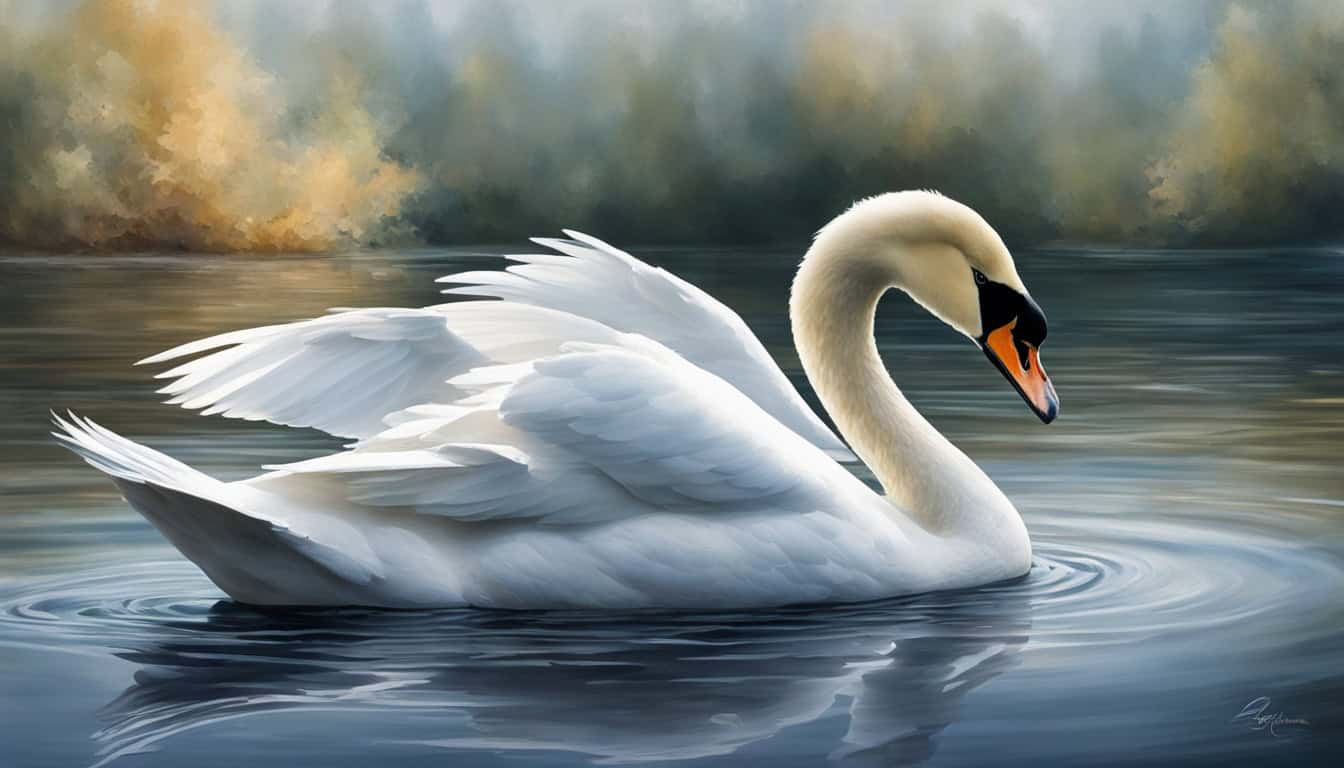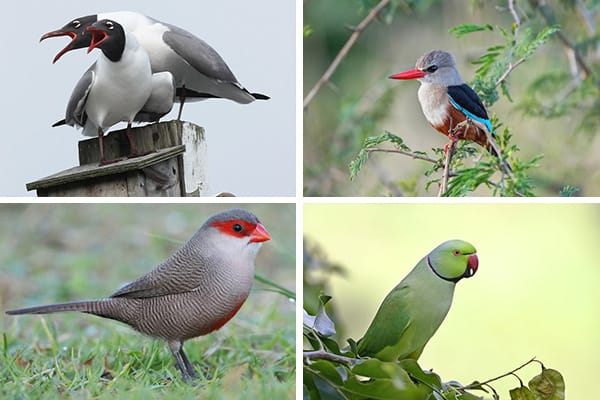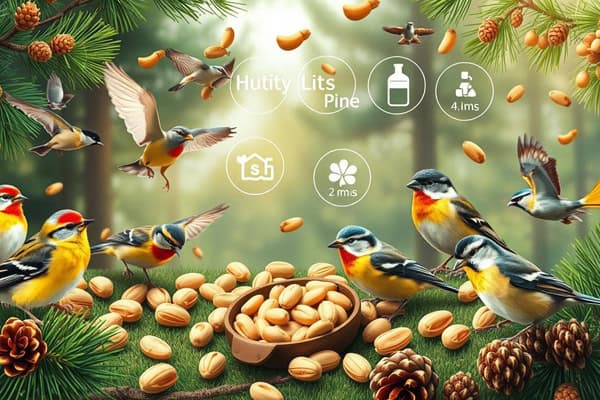What is the Difference Between Ducks vs Swans vs Geese?
Ducks vs swans, and geese may look similar at first glance. But they have unique traits that make them stand out. They belong to the Anatidae family and share features like webbed feet and serrated beaks. However, their physical traits, behaviors, and where they live can be quite different.
The Anatidae family includes everything from the tiny cotton pygmy goose to the huge trumpeter swan. These birds vary in size and how they adapt to their environments. Most are medium-sized with long necks and webbed feet. But it’s the small differences in their looks and how they live that really make them special.
Ducks are the smallest, with short necks and sturdy bodies. Geese are bigger, with longer necks, longer bodies, pointier bills, and longer legs. Swans are the biggest, known for their elegant long necks and flat, duck-like bills.
Ducks, Geese, and Swans
The Anatidae family has many waterfowl species, from the tiny cotton pygmy goose to the big trumpeter swan. They all have serrated beaks for eating plants, fish, and bugs. They make sounds like quacking, honking, and trumpeting.

Significance of the Anatidae Family
These birds live on every continent except Antarctica. They are key to healthy water ecosystems. They help show how healthy an area is and add to its variety of life.
From their big migrations to their social lives, ducks, geese, and swans are a wonder to watch. They interest bird lovers, scientists, and those who care about nature.
Ducks-vs-Geese-vs-Swans Find Out The Differences
Ducks, geese, and swans are all in the Anatidae family. Yet, they have many physical and behavioral differences. Knowing these differences helps us value the diversity in the Anatidae family.
Physical Characteristics
Ducks are the smallest, with short necks and sturdy bodies. Geese are medium to large, with longer necks and bodies. Swans are the biggest, with the longest necks and bigger feet. Geese and swans also have pointier bills than ducks.
Behavior and Habitat
Ducks are known for being calm, while geese are more aggressive. Ducks quack, but geese honk loudly. Ducks stay in one place, but most geese migrate.
Geese eat grasses and plants near water, while ducks eat many things like bugs, small animals, seeds, and plants. Swans like to breed in quiet lakes, ponds, wetlands, and slow rivers. Geese do well in marshes, wetlands, lakes, and streams, always near water.
Knowing how ducks, geese, and swans differ helps us see what makes each special in the Anatidae family.
Distinguishing Ducks
Ducks are the most diverse birds in the Anatidae family. They vary greatly in how they eat and where they live. Some, like the mallard, feed by tipping into the water. Others, like the canvasback, hunt underwater.
There are many types of ducks, including whistling ducks, seaducks, perching ducks, shelducks, and stiffed-tailed ducks. Each has its special traits. In the United States, you can find ducks like the mallard and the common merganser in Illinois.
Types of Ducks
Ducks can be put into groups based on how they eat and where they nest. Dabbling ducks, like the mallard, tip forward to eat plants and insects in the water. Diving ducks, such as the canvasback, go all the way underwater to find fish and other food.
Whistling ducks are known for their unique sounds. Seaducks live in coastal and marine areas. Perching ducks, shelducks, and stiffed-tailed ducks also have their own special ways of living.

Identifying Geese
Geese are fewer in number compared to ducks in the U.S. The Canada goose is the most common in Illinois. You might also see greylag geese, snow geese, and Brent geese. These include the greylag and swan geese, from which many domestic geese breeds come from. Despite fewer numbers, geese are key members of the Anatidae family.
Geese stand out with their short, rounded bills. Their bills are not as wide as ducks’, fitting their diet of tough plants and grasses. They have small serrations on their bills for cutting through vegetation. Swans, on the other hand, have longer, thicker bills, between ducks and geese in size.
Geese eat differently from ducks vs swans. They eat on land, using their strong bills to cut through hard plants. This eating habit makes them distinct from other waterfowl.
Recognizing Swans
Swans are majestic birds in the Anatidae family. They are known for their long necks, big feet, and flat bills. These bills come in different colors based on the swan type. There are six swan species, including the famous white swans and the eye-catching black swans.
Swans are loved for their elegant look. Their long necks form a beautiful S-shape when they swim. This makes them stand out in the water.
Graceful Swans
The swan’s long neck is a key feature that sets them apart from other waterfowl. They use their necks to show different feelings. For example, they have an elegant S-shape when swimming or a straight neck when defending their territory.
Swans live in freshwater like lakes, ponds, and slow rivers. They mostly eat plants but might also eat small water animals. They are found in many parts of the world.
Baby Swans
The young swans, called signets, look like big ducklings. They can be white or grayish, depending on the swan type. As they grow, signets get the long necks and elegant look of swans.
Both parents take care of their signets. They protect them from predators and other dangers. This helps the young swans grow strong and healthy.
Differentiating from Similar Birds
Ducks vs swans and geese are all waterfowl, but they can be mixed up with other birds. Loons look a lot like ducks when swimming but have special spear-shaped bills. They belong to the Gavidae family. Coots, in the Rallidae family, seem similar but don’t have webbed feet and have a unique forehead shield.
Grebes often get confused with ducks but have lobed feet and pointed bills. Knowing how to spot the differences between these birds helps us enjoy the variety of waterfowl. It also helps us tell them apart correctly.
Loons, Coots, and Grebes
Loons, coots, and grebes can look like ducks, geese, or swans. Loons have a special spear-shaped bill and are in the Gavidae family. Coots don’t have webbed feet and have a forehead shield, making them part of the Rallidae family.
Grebes have feet with lobes instead of webs and pointed bills. It’s important to know these differences to correctly identify these birds. This helps with waterfowl identification.
Check Our Previous Articles:
Conservation Efforts
The Anatidae family includes ducks, geese, and swans. These birds are vital to our ecosystem. Yet, some species face threats from humans. Overhunting, losing their homes, and mixing with other species are the main dangers.
Conservation efforts are key to saving these birds. Rules for hunting, fixing their homes, and breeding them in captivity have helped. For instance, the Trumpeter Swan went from 69 birds in 1932 to over 63,000 in 2015. This is thanks to early conservation and ongoing care.
Groups like Ducks Unlimited lead in protecting wetlands for waterfowl. These efforts are crucial as wetlands are still being lost. Also, making power lines safer has cut down on bird deaths.
We must keep watching and managing waterfowl to ensure they thrive. By tackling threats and using smart conservation, we can keep ducks, geese, and swans around for the future.
Final Thoughts:
Ducks vs geese vs swans may look similar but they are quite different. They belong to the Anatidae family but have unique traits. Ducks are small with short necks and sturdy bodies. Geese are medium to large, with longer necks and bodies. Swans are the biggest, known for their long necks and big feet.
These differences in size and shape affect their behavior too. Ducks are calm, while geese can be aggressive. Swans are known for their beauty and grace.
Knowing how to tell these waterfowl apart can make birdwatching more fun. It helps you appreciate the Anatidae family more. Whether you see Mallards or Lesser White-fronted Geese, understanding their differences makes watching them better.
It’s important to protect these birds because some are in danger. They face threats like losing their homes, hitting buildings, and other dangers. By helping protect them, we can ensure these amazing birds continue to thrive.






